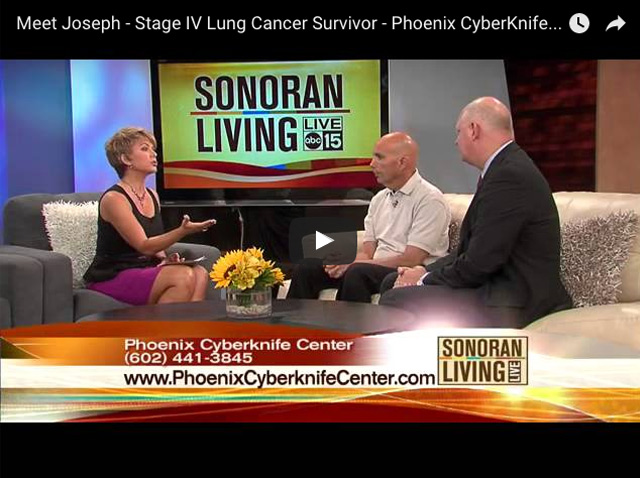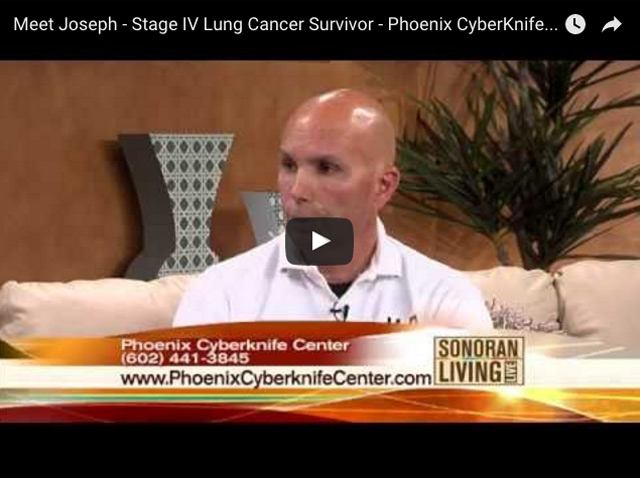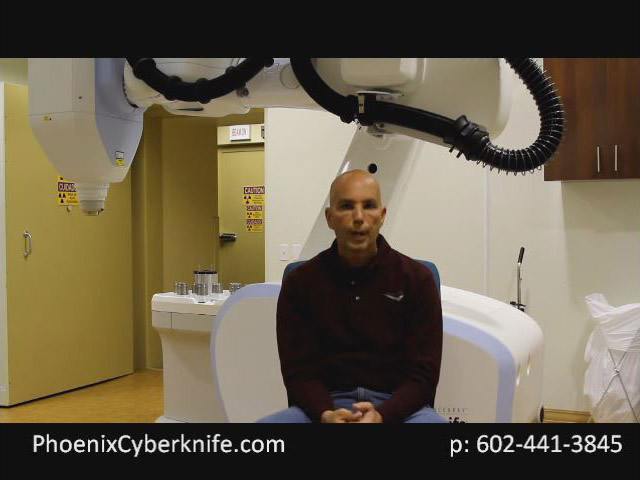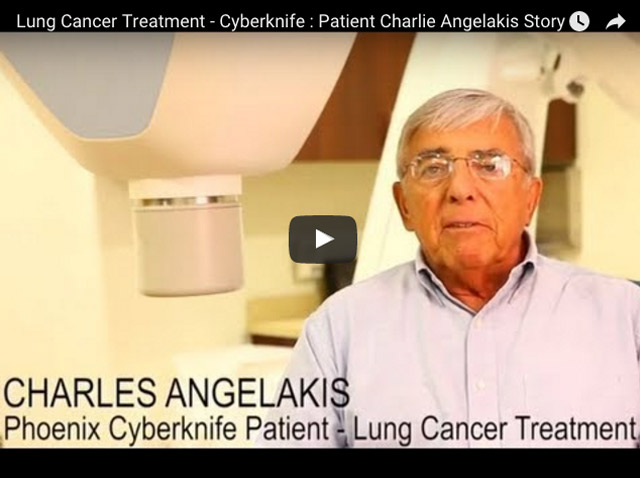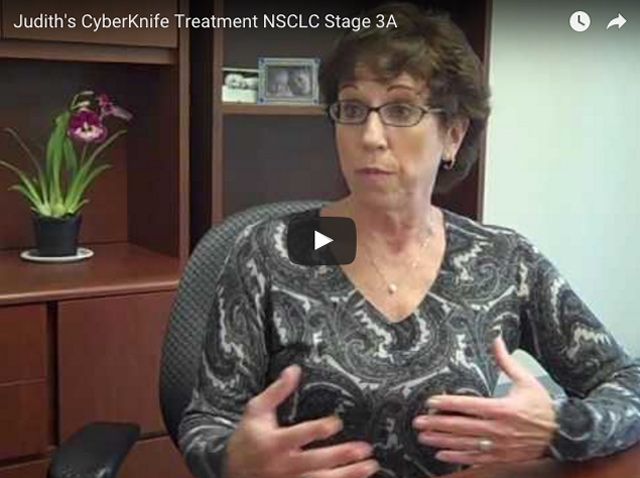Dupuytren's Contracture
What is Dupuytren's contracture disease?
Dupuytren's contracture (also called Dupuytren's disease) is an abnormal thickening of fascia, a layer of tissue under the skin, in the palm of your hand at the base of your fingers. This thickened area may develop into a hard lump or thick band. As time progresses, Dupuytren disease can cause one or more fingers to contract, or pull sideways in toward your palm. Most commonly affected are the ring and little finger and in many cases it affects both hands. In very rare cases, the feet may also be affected.
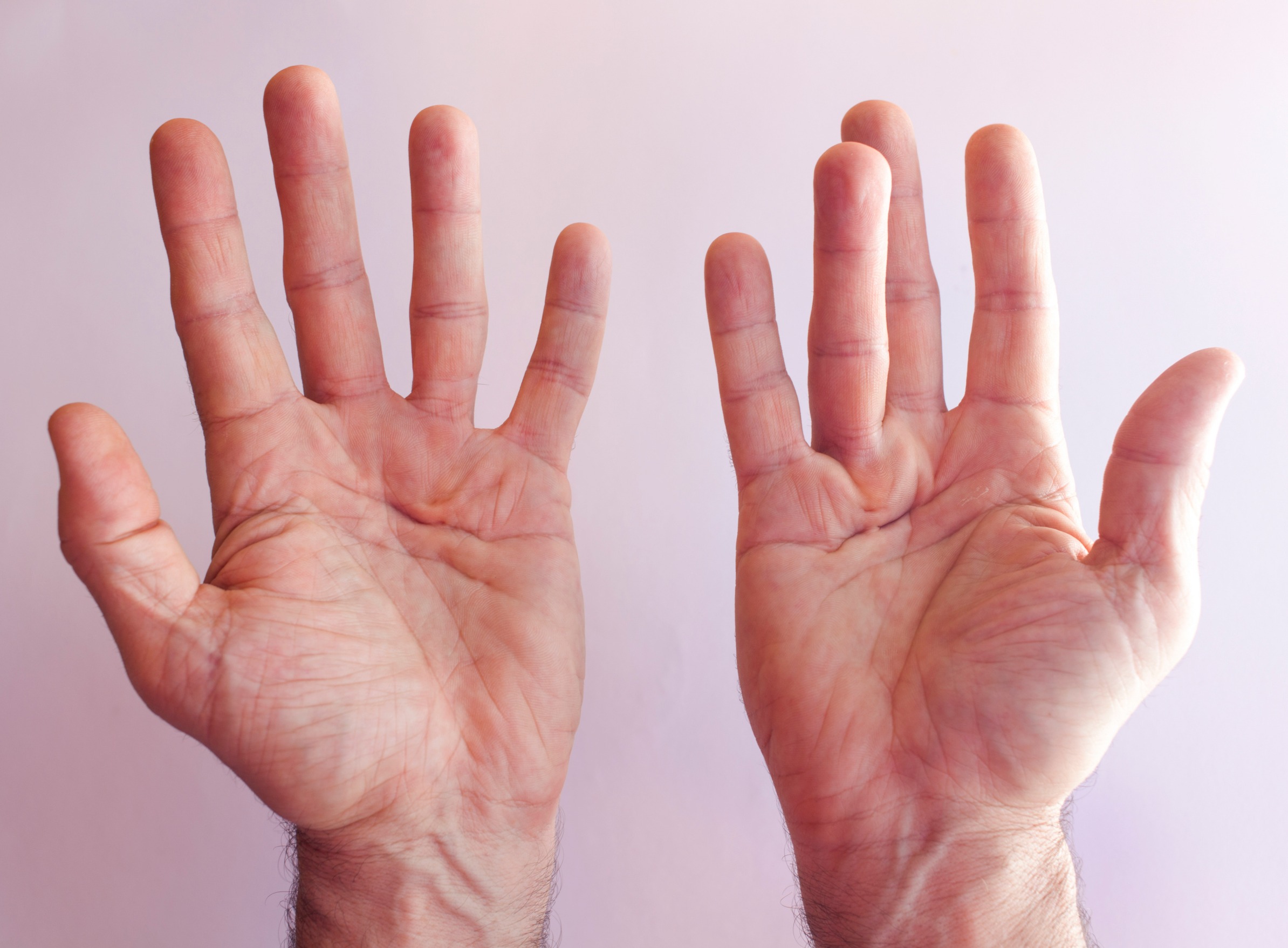
What causes Dupuytren disease is unknown and in particular, it is unclear as to what causes it to worsen with some people and not others. Known as the most common inherited connective tissue disorder, approximately 4% of the general population are affected by Dupuytren disease. Patient qualities that may increase the risk of developing the disease include:
- Excessive alcohol consumption
- Smoking
- Epilepsy
- Diabetes
- Family history
- Manual labor
- Hand trauma
Dupuytren's contracture disease can have several phases where symptoms are active and are painful, limiting the ability to perform activities of daily life and then the disease can stabilize for extended periods of time leaving people with no pain.
There is no long-term cure for Dupuytren contracture disease, however there are treatment options that can correct the contractures. The type of treatment depends on the degree of deformity and the impact of the contracture on hand function. Options include:
- Collagenase injection
- Needle aponeuroromy
- Surgical fascienctomy
- Radiation therapy
How does radiation therapy work?
Low-dose radiotherapy can provide pain relief and prevent the progression of Dupuytren's contracture disease. During the treatment, radiation is aimed towards the nodules to soften and shrink the lumps and prevent the formation of contractures. Radiotherapy reduces the growth of nodules and cords under the skin by altering the development and growth rate of fibroblasts, the cells which are responsible for creating the lumps in the connective tissue. Radiotherapy has an anti-inflammatory effect and reduces inflammation around the cords of the nodules reducing pain in the area.
What is Dupuytren's contracture disease?
Dupuytren's contracture (also called Dupuytren's disease) is an abnormal thickening of fascia, a layer of tissue under the skin, in the palm of your hand at the base of your fingers. This thickened area may develop into a hard lump or thick band. As time progresses, Dupuytren disease can cause one or more fingers to contract, or pull sideways in toward your palm. Most commonly affected are the ring and little finger and in many cases it affects both hands. In very rare cases, the feet may also be affected.

What causes Dupuytren disease is unknown and in particular, it is unclear as to what causes it to worsen with some people and not others. Known as the most common inherited connective tissue disorder, approximately 4% of the general population are affected by Dupuytren disease. Patient qualities that may increase the risk of developing the disease include:
- Excessive alcohol consumption
- Smoking
- Epilepsy
- Diabetes
- Family history
- Manual labor
- Hand trauma
Dupuytren's contracture disease can have several phases where symptoms are active and are painful, limiting the ability to perform activities of daily life and then the disease can stabilize for extended periods of time leaving people with no pain.
There is no long-term cure for Dupuytren contracture disease, however there are treatment options that can correct the contractures. The type of treatment depends on the degree of deformity and the impact of the contracture on hand function. Options include:
- Collagenase injection
- Needle aponeuroromy
- Surgical fascienctomy
- Radiation therapy
How does radiation therapy work?
Low-dose radiotherapy can provide pain relief and prevent the progression of Dupuytren's contracture disease. During the treatment, radiation is aimed towards the nodules to soften and shrink the lumps and prevent the formation of contractures. Radiotherapy reduces the growth of nodules and cords under the skin by altering the development and growth rate of fibroblasts, the cells which are responsible for creating the lumps in the connective tissue. Radiotherapy has an anti-inflammatory effect and reduces inflammation around the cords of the nodules reducing pain in the area.
Dupuytren's contracture disease can have several phases where symptoms are active and are painful, limiting the ability to perform activities of daily life and then the disease can stabilize for extended periods of time leaving people with no pain.
There is no long-term cure for Dupuytren contracture disease, however there are treatment options that can correct the contractures. The type of treatment depends on the degree of deformity and the impact of the contracture on hand function. Options include:
- Collagenase injection
- Needle aponeuroromy
- Surgical fascienctomy
- Radiation therapy
What is Lung Cancer?
Lung cancer is the presence of a tumor in the lung as a result of an abnormal growth of cells. If these cells originated in the tumor, then it is known as primary lung cancer. If these cancerous cells originated in another organ and reached the lung through the bloodstream, then it is metastatic lung cancer.
The American Cancer Society projected 221,200 new cases of lung cancer and 158,040 deaths from the disease in the United States in 2015. Most deaths occur in patients with Stage III or Stage IV lung cancer.
Types
There are two types of lung cancer. The most common type is non-small cell lung cancer, such as squamous cell carcinoma and adenocarcinoma. The second and less common type is small cell lung cancer, which in the past was frequently referred to as oat cell cancer.
Risks
Smoking is the leading cause of lung cancer, resulting in 85% to 90% of all lung cancer cases. Other risk factors that contribute to the development of lung cancer include:
- Second-hand smoke
- Air pollution
- Asbestos
- Radon
- Tubercolosis
Signs and Symptoms
Though not everyone with lung cancer will exhibit symptoms, particularly in its early stages, there are some common symptoms to be aware of:
- Persistent cough
- Shortness of breath
- Coughing blood
- Chest pain
- Pneumonia or bronchitis
- Weight loss, lack of appetite, or fatigue
- Swelling of the neck and face
Detection
Typically, primary lung cancer does not cause any symptoms in its early stages. In many cases, the cancer has advanced when symptoms begin to occur. Many patients end up going to the doctor for a persistent cough, coughing up blood, shortness of breath, etc., and it usually these symptoms that can influence doctors to order a chest X-Ray, CT scans (Computed Tomography), PET-CT scans (Positron Emission Tomography-Computed Tomography), and MRIs (Magnetic Resonance Imaging). These scans and chest X-Rays can indicate the presence of cancer in the lung or in other parts of the body.
Diagnosis
Diagnosing lung cancer is then done by either performing a biopsy, examining a small piece of tissue, or by analyzing fluid to identify the presence of a protein specific to tumor cells. Doctors will then determine the stage of lung cancer by examining the size of the tumor and whether or not it has spread, and to what extent.




